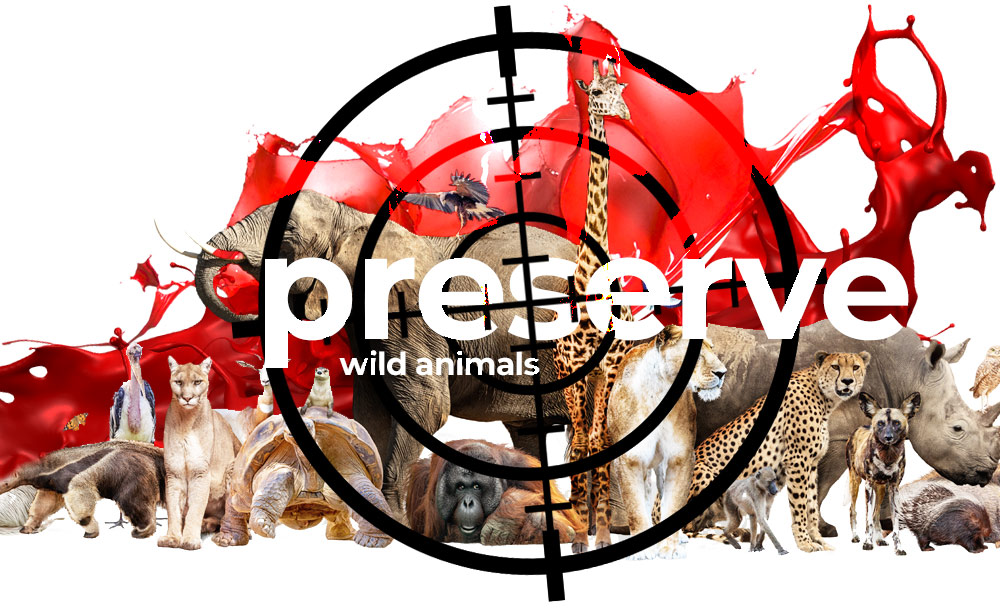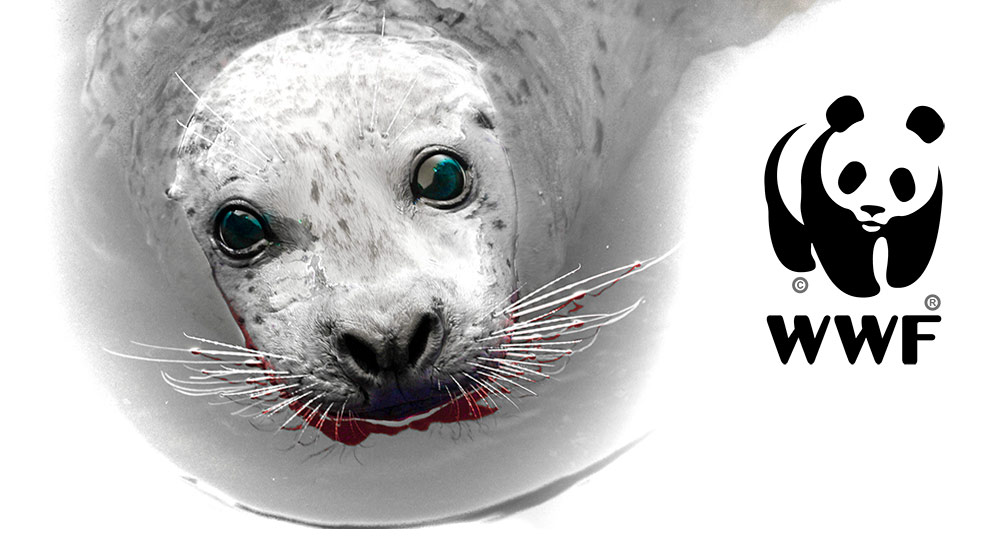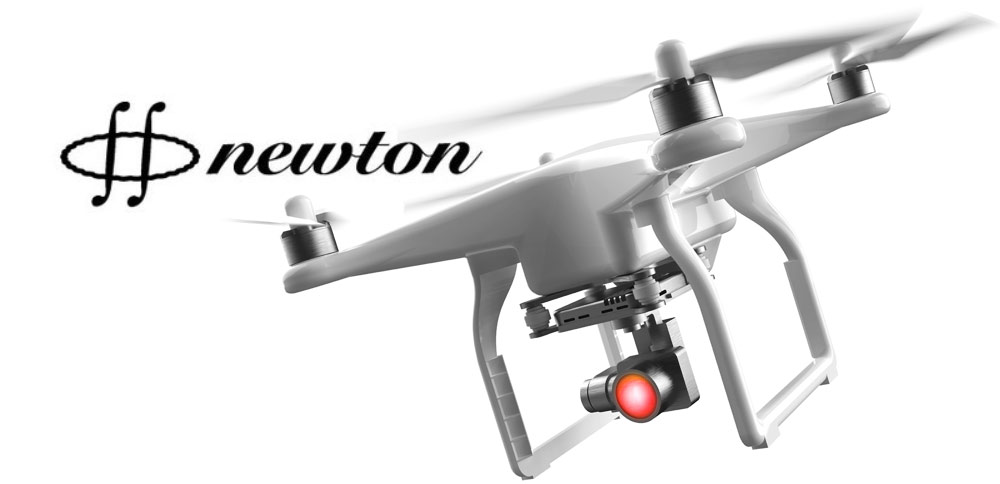
Blockchain against poaching
The consequences of environmental crimes and illegal trade are enormous andoften irreversible. Environmental issues are at the forefront of the political agenda in many countries. These problems led to the mass extinction of animals on the planet. Wildlife poaching has also become more rampant and unpunished. As a result, thriving wildlife has now become endangered.
Extinction of animal species – This is problem,which is decided independently by each country, there is also a collective effort to advise countries with fewer resources to ensure the future of thousands of species.The most important worldwide is the Wildlife Foundation (WWF).
According to the World Wildlife Fund, over the past 40 years, the population of mammals, birds, fish, amphibians and reptiles has declined by almost 60 percent.

But despite government involvementinstitutions, animal rights foundations and environmental groups, wildlife conservation authorities find it very difficult to control poaching because of their limited resources.
However, with the help of blockchain, the battle can still be won because revolutionary technology offers a practical and cheaper solution.
Blockchain will keep animal population
Blockchain can be a powerful weapon to combat environmental problems and poaching, which have led to the extinction of many species of wild animals in the world.
Blockchain technology works well to createcommon unique system with several parties. It helps build trust between participants. Due to the invariable, decentralized nature of the blockchain, parties can trust the information provided.
Blockchain can also help organizations track the location of animals, their number and state of health. This tracking also works to prevent poaching.
Using smart tools likeblockchain, governments and organizations can not only deal with environmental problems and species extinction, but also fight other transnational threats, such as corruption and organized crime in the environment.
In addition, the use of blockchain technology forwildlife protection reduces reliance on local wildlife authorities, who often struggle with inadequate finances. This technology is easy to adapt and scalable, which is necessary in order to ultimately cover all types of wild animals in different regions of the world. The costs of connecting to the blockchain will be categorically less compared to the ineffective methods that are currently used.

Newton Project Watches Wildlife
The Newton project was launched in January 2018. Currently, the project is aimed at using blockchain technology to protect wildlife using specialized unmanned aerial vehicles.
Using drones and sensors Newton projectplans to track endangered animals with greater efficiency and accuracy, as well as alert authorities to possible poaching.
“NewDrones” come with cameras andmicrophones that can help track and identify poachers. The NewDrone video will be uploaded to NewChain for further transmission of data on possible poaching.
Using NewAI technology will allow you to analyze and send suspicious data to local authorities.
The Newton project also uses NewSensor technology.
“Newton's NewSensor Technologyconsists of small IoT devices to monitor location, temperature, air quality, humidity, etc. We upload this data to NewChain, the Newton blockchain. Then by inserting the NewSensor under the skin of an endangered mammal, such as a rhino or elephant, we can track the location and underlying behavior of that animal. Many animals are social and follow a leader, so instead of marking each one, we can simply choose a leader”, – Newton.
If Newton technology was successfully implemented, it could solve the problems of tracking and monitoring animals in the wild.
Implementing blockchain to combat species extinctionperhaps the most effective method worldwide. And fortunately, there are already organizations and projects that have begun to study the huge potential of this technology.




